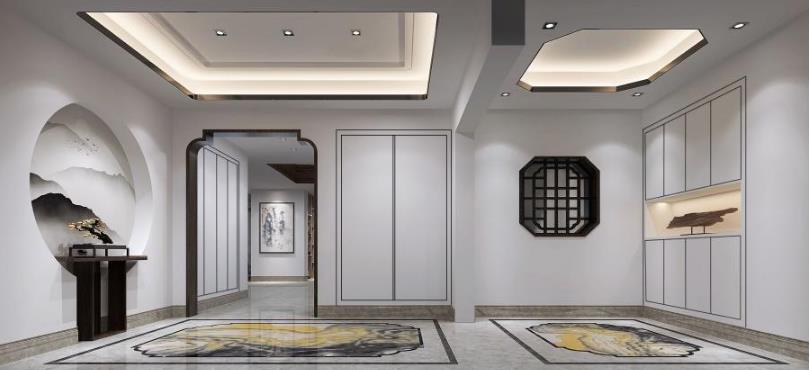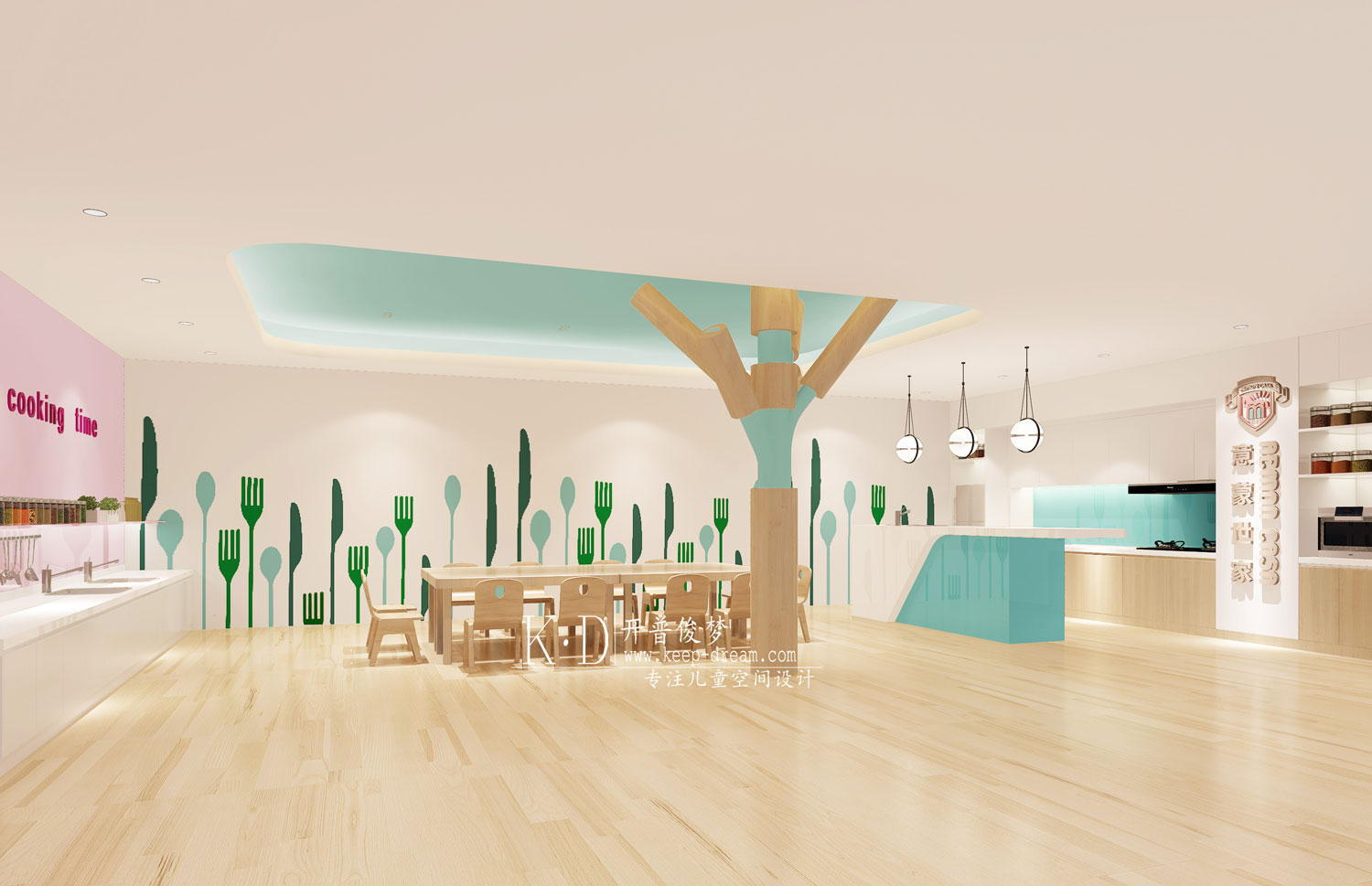Juniper House Murman Arkitekter
2015-04-30 04:00
架构师提供的文本描述。这所房子不仅仅是一间周末小屋。这房子是个实验。你通过一个小囊靠近它,它的末端是一个羊栅栏,通向开阔的沼地。那里有一片灌木丛和几座白色的抹灰房屋。在右边5米处的空地里有Juniper House。这所房子几乎看不见,就像它周围环境的一面镜子。
Text description provided by the architects. This house is more than a weekend cottage. This house is an experiment. You approach it via a cul-de-sac that ends in a sheep fence towards the open moor. There is a grove of high junipers and a couple of white plastered houses visible. Embedded in a glade 5 meters to the right lies Juniper House. The house is barely visible, like a mirror of its own surroundings.
杜松树屋被认为是有经验的,因为它站在林荫林中。这个项目开始时测量了现场的所有灌木丛。房子被放置在离门面一英尺远的地方。原来的沼泽地被一条自然的小路穿过,穿过房子到沼地。
Juniper house is thought to be experienced as the glade it stands in. The project started with measuring all junipers on the site. The house is placed so you have junipers just a foot from the façade. The original glade was crossed by a natural path through the house to the moor.
从天花板到地板的一堵玻璃墙正朝着最小的院子走去。从内部看,你有一种强烈的置身于大自然中的感觉。光线和“流经”房屋的小径和白色的当地石灰石露台将厨房与主卧室隔开。
A wall of glass from ceiling to floor stands towards the minimal yard. From the interior you have a strong feeling of being in the nature. Both light and the path “flow” through the house and a terrace of white local limestone separates the kitchen from the master bedroom.
由于玻璃隔断和白色内墙,小庭院是经验的一部分,作为内部。从主卧室可以看到很多天空,因为玻璃隔板很大,透过低矮的窗户,你可以在早晨看到野兔。卧室和房子的其余部分只有一道窗帘。
Thanks to the glass partitions and the white interior walls the small court yard is experienced as a part of the inside. From the master bedroom there is a lot of sky visible, due to the significantly sized glass partitions, and through the low placed window you can se wild rabbits in the morning. There is only a curtain separating the bedroom from the rest of the house.
中央布置的厨房用作客厅。宽阔的滑动门通向露台和封闭的庭院,使我们能够在各种天气中与大自然保持良好的联系。滑动玻璃隔板也用作温度调节器,同时将通风问题降到最低。
The centrally placed kitchen works as a living room. The wide sliding doors towards the terrace and the enclosed yard make it possible to have good contact with the nature during all types of weather. The sliding glass partitions also works as a temperature regulator while minimising draught problems.
这个大家庭的所有成员都在附近有避暑别墅,与这个家庭的密切联系是至关重要的,但也需要一个私人区域。
All the members of the big family have summer cottages in the neighbourhood and close contact with the family was crucial, but there was also a need of a private zone.
向草坪和其他家庭成员躺着午后的阳光露台。这一平台充当了通往家庭其他成员的桥梁,也是半私人区域。朝东,面对早晨的阳光早餐,您有私人早餐区。
Towards the lawn and the other family members lies the afternoon sun terrace. The platform acts as a bridge towards the rest of the family and is also a half-private zone. Towards east facing the morning sun for breakfast you have the private breakfast zone.
正面是对哥特兰当局不让现代建筑在景观中视觉化的野心的一种有趣的评论。这也是一个实验和调查,你看到和看不到的房子,这是如何影响你,你如何体验颜色,纹理,表面,材料,透明度,对外部光线对外部的外观和通过外观。
The façade is a playful comment to the Gotland authority’s ambition to not let modern architecture be visual in the landscape. It is also an experiment and investigation in what you see and do not see of a house and how this affects you and how you experience colour, texture, surface, material, transparency, inside contra outside light on and through the façades.
包围房子的生长缓慢的松树一年到头都是绿色的。一张现有杜松的照片被用作定制布的底座,这块布宽35米,高3米,被包裹在房子的树梢上,在离门面40厘米处的镀锌钢结构上放置了Netvinyl布。在房子的北面和南面,布被加长了几米,以保持隐私,并隐藏户外淋浴对邻居。木质正面用松节油、焦油和亚麻油混合处理。
The slow growing junipers that enclose the house are green throughout the whole year. A photo of the existing junipers was used as the base for the tailor-made cloth that is 35 metres wide and 3 meters high and wrapped onto tree sides of the house The netvinyl cloth is put on a galvanized steel construction at a distance of 40 centimetres from the façade. On the north and south side of the house the cloth is extended a few extra meters for privacy and to hide the outdoor shower from the neighbours. The wooden facade is treated with a combination of turpentine, tar and linseed oil.
滑动玻璃部件由VELFAC的铝和SCücho的全铝覆盖。大的玻璃隔板与固定在铝制的棱形型材上的正面元件在同一平面内绝缘。
The sliding glass parts are clad with aluminium from Velfac and full aluminium from Scücho. The large glass partitions is insulated in the same plane as the façade elements fixed to the angled profiles made of aluminium.
地板上是灰烬,涂上白色颜料。墙壁和天花板都漆成白色,厨房用的是哥特兰波基当地一家工厂的水泥板。厨房的其他部分来自宜家。木材燃烧炉是20世纪初的模型,只有30厘米宽,是厨房里唯一的热源。沙发是我们自己设计的,中央的桌子是用大量的灰烬在画板架上组装而成的。这些椅子是由汉斯·韦格纳(HansWegner)在1950年设计的经典Y型椅子。
The floor is ash, oiled with white pigment. The walls and the ceiling are painted white and for the kitchen we have used a concrete board from a local factory in Boge, Gotland. The other parts of the kitchen are from IKEA. The wood burning stove is a model from the early 20th century, and is only 30 centimetres wide and is the only heat source in the kitchen. The sofa is our own design and the central table is made of massive ash assembled on a drawing board stand. The chairs are the classic Y-chair designed by Hans Wegner in 1950.
墙壁与120毫米矿物棉隔离。地面是一个混凝土板。屋顶上铺着柏油纸。
The walls are isolated with 120 mm mineral wool. The ground is a concrete plate. The roof is flat clad with tar paper.
 举报
举报
别默默的看了,快登录帮我评论一下吧!:)
注册
登录
更多评论
相关文章
-

描边风设计中,最容易犯的8种问题分析
2018年走过了四分之一,LOGO设计趋势也清晰了LOGO设计
-

描边风设计中,最容易犯的8种问题分析
2018年走过了四分之一,LOGO设计趋势也清晰了LOGO设计
-

描边风设计中,最容易犯的8种问题分析
2018年走过了四分之一,LOGO设计趋势也清晰了LOGO设计






























































































